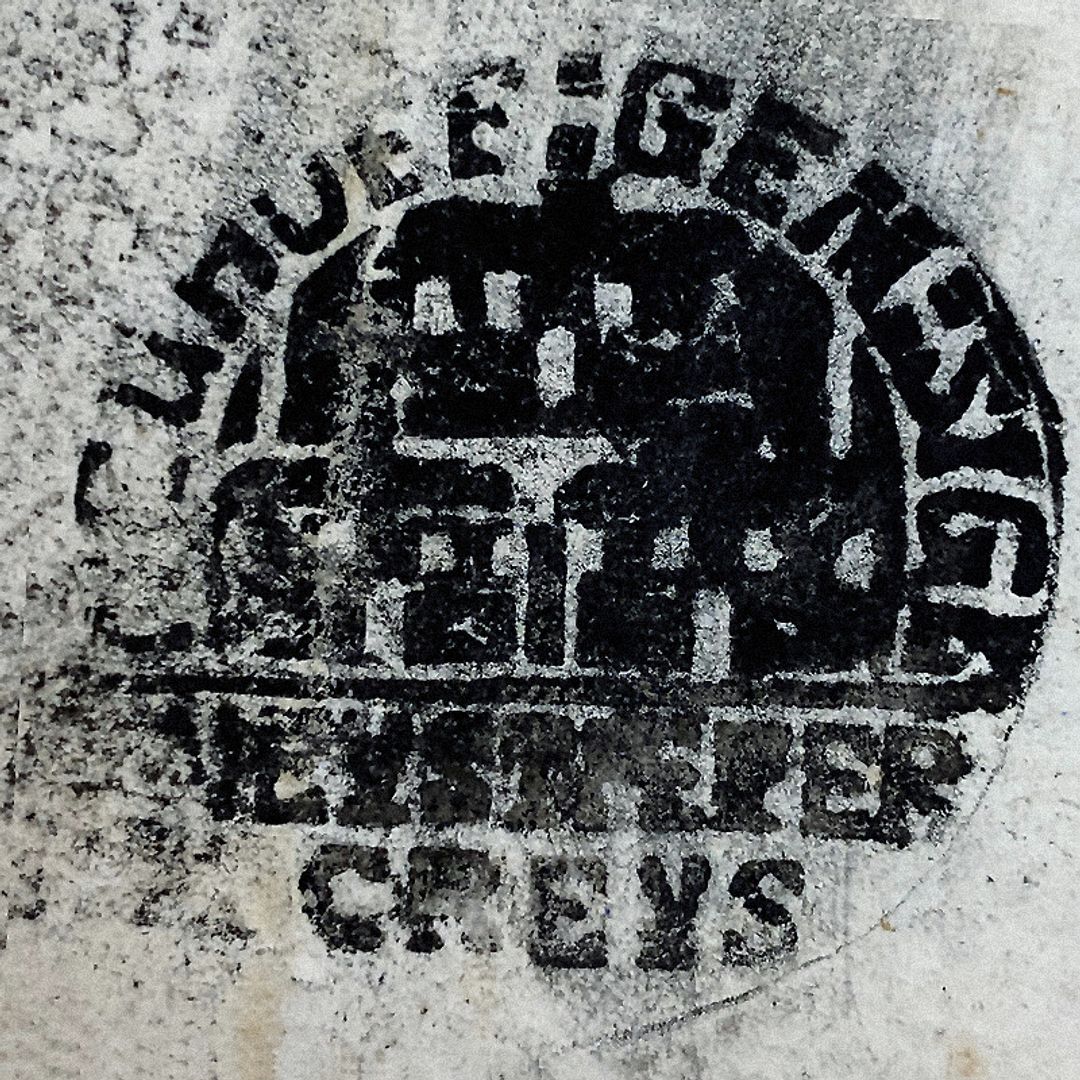Nowy Dwór Prudnicki
6.42

Overview
Nowy Dwór Prudnicki, also known as Neuhof, is a village in the Opole Voivodeship, situated in the Racibórz Basin near the border with the Czech Republic. Historically part of Upper Silesia, the village was first mentioned in 1688. The name refers to an agricultural estate, with "Prudnicki" indicating its affiliation with the Prudnik land. By the 19th century, the village had 33 houses, and in 1845, it was home to 202 people. The inhabitants were Catholic and spoke the Prudnik dialect, a variety of the Silesian dialect. The village features the Chapel of St. John and Paul, built in 1950, and a village chapel from 1989, where traditional events such as weaving a "crown" from grain ears take place. Over the years, Nowy Dwór Prudnicki has witnessed significant events, including the Upper Silesia plebiscite, where the results were nearly tied. The village has undergone numerous administrative changes, coming under Polish authority in 1945. Today, it retains its local character, with residents preserving traditions and culture while honoring the memory of history and past generations. A local farm operates in the village, while the fire watchtower overseeing fire safety is located in Prudnik. The Krapkowice municipality, to which Nowy Dwór belongs, is under special supervision by the Border Guard due to its proximity to the border. A tourist highlight of the village is the Pilgrim Trail, which attracts cyclists and hiking enthusiasts, as well as the Prudnik Land Tourist Badge established by the Polish Tourist and Sightseeing Society (PTTK). Interestingly, Nowy Dwór Prudnicki was once home to many cottage industry families and several local artisans, reflecting the diversity of the local economy, which has evolved over the years.
Location
City
Głogówek Deanery
Tertiary Administrative Division
Głubczyce
County
Prudnik County
State
Opolskie Voivodeship
Country
2025 Wizytor | All Rights Reserved